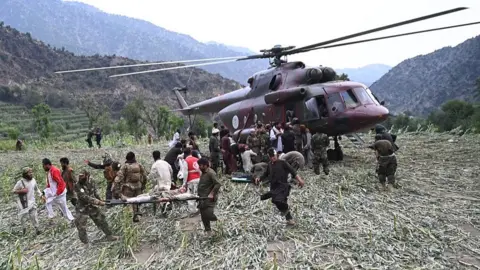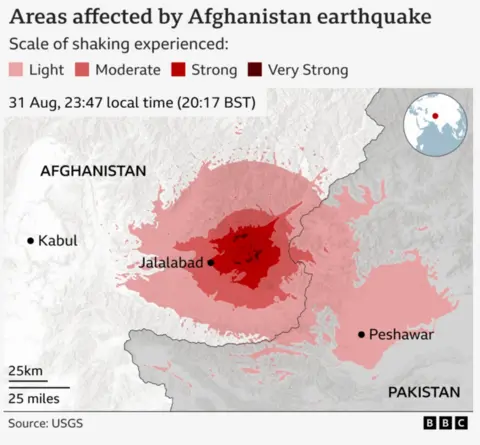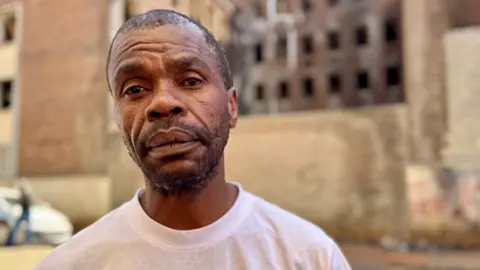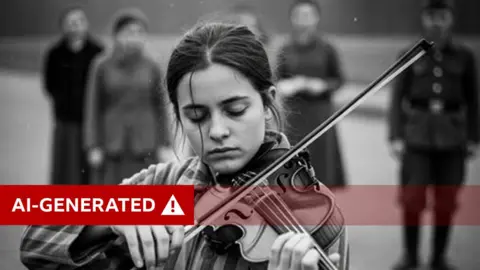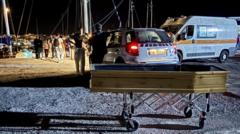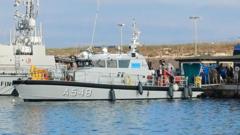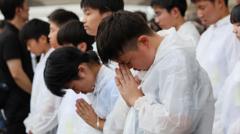Eighty-five years have passed since the harrowing journey of countless Jewish children fleeing the horrors of Nazi Germany during the Kindertransport. This rescue operation, initiated following the tragic events of Kristallnacht in 1938, saw approximately 10,000 children sent to safety in Britain and a few other European nations.
For many of these children, the experience was marked by moments now etched in their minds: a mother’s tearful goodbye through a train station window, the few possessions they clutched tightly, and a long, anxious wait for their new homes in foreign lands. Separated from their parents, around 10,000 children made the brave leap into an uncertain future, struggling with both the trauma of loss and the challenges of language and cultural barriers.
Today, as commemorations of the Kindertransport gain momentum, researchers are making strides to reveal previously unknown details about this poignant chapter in history through archives, newly unearthed documents, and interviews with the dwindling number of living survivors. The urgency to record their extraordinary accounts is paramount, since only a few hundred of the original Kindertransport children are believed to still be alive.
In this critical moment of remembrance, seven courageous survivors share their stories, offering a glimpse into their journeys and lives built in the aftermath of their escape. These personal narratives not only reflect their resilience but also serve as vital testimonies of survival and the human spirit amidst atrocity.









